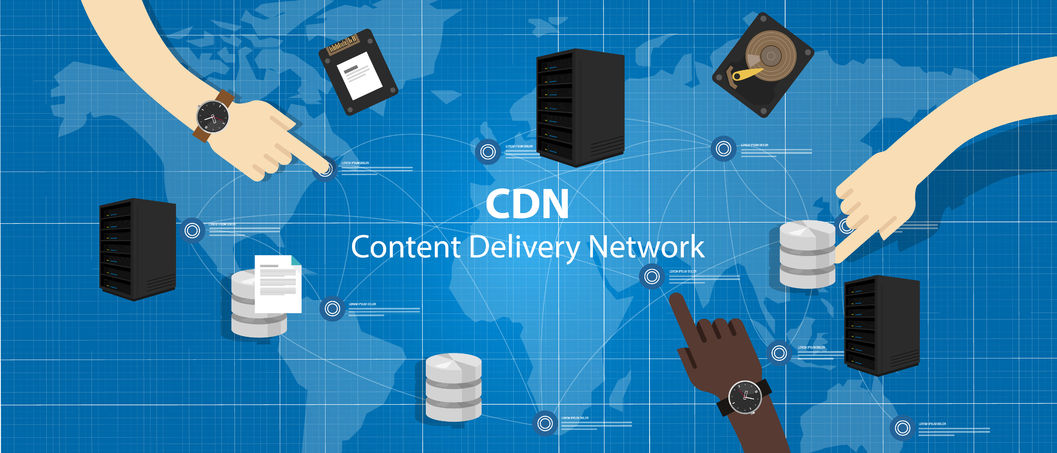What is a Smurf DDoS attack?
Yes, the Smurf attack sounds cute and harmless, but we can assure you it is not. Instead, it is yet...
rDNS explained in detail
Have you ever heard of rDNS? It may not be as well-known as its opposite, forward DNS, but in today’s digital world, rDNS plays a...
What is a Secondary DNS server?
Having a Secondary DNS server is crucial for website owners who want to ensure uptime and minimize...
How to create your own CDN using DNS
A CDN – Content Delivery Network is responsible for the content delivery. We all interact with CDNs on a daily basis – when we...
UDP (User Datagram Protocol) explained in details
UDP (User Datagram Protocol) is one of the well-known protocols in network communications. Thanks to it, we are able to watch video...
Monitoring your DNS, should you do it?
DNS Monitoring can serve you and help you detect unwanted issues. As you probably know, the...
DNS Hijacking: What It Is and How to Protect Yourself
DNS hijacking is a malicious cyber attack that can have serious consequences, such as stealing your personal data or redirecting you to...
Understanding DoT and DoH (DNS over TLS vs. DNS over HTTPS)
As more and more of our data is being transferred over the Internet, protecting it from third-party interception is essential. DNS over TLS...
What is IPv4? Everything you need to know
Nowadays, in this rapidly evolving global Internet world, we can’t skip the IPv4. It is the...










